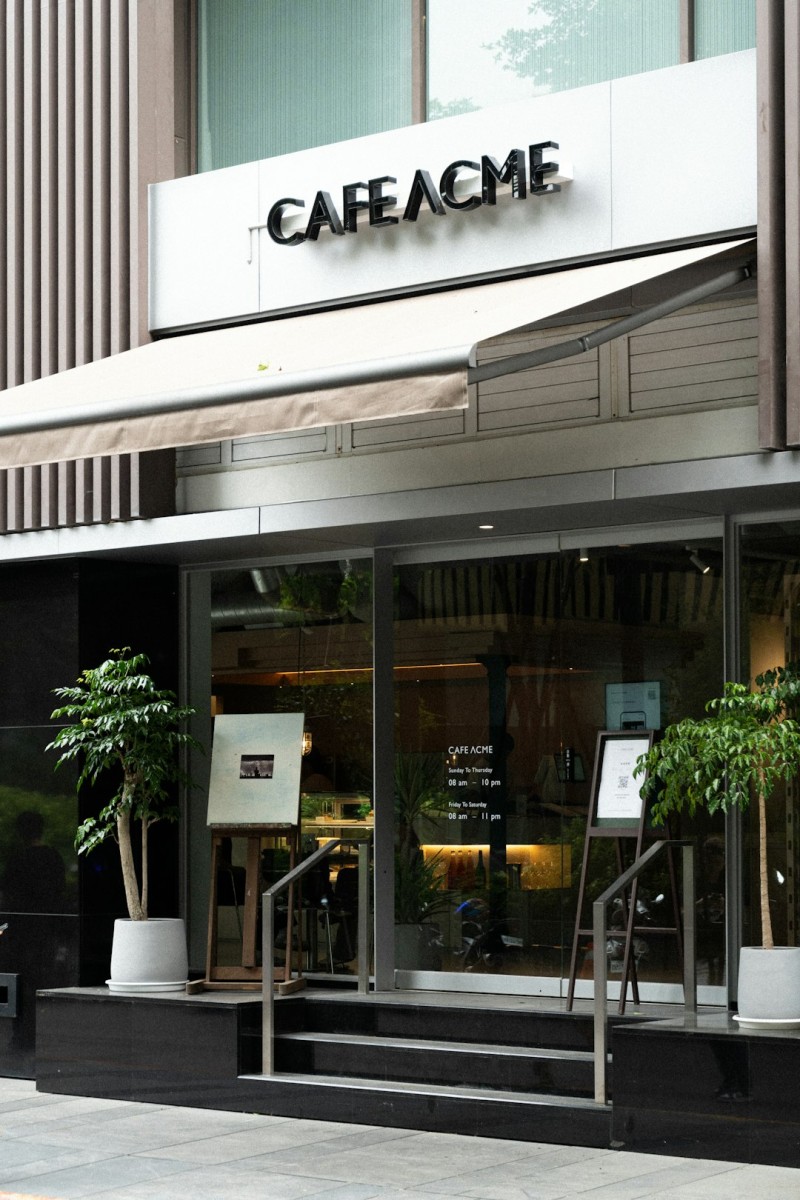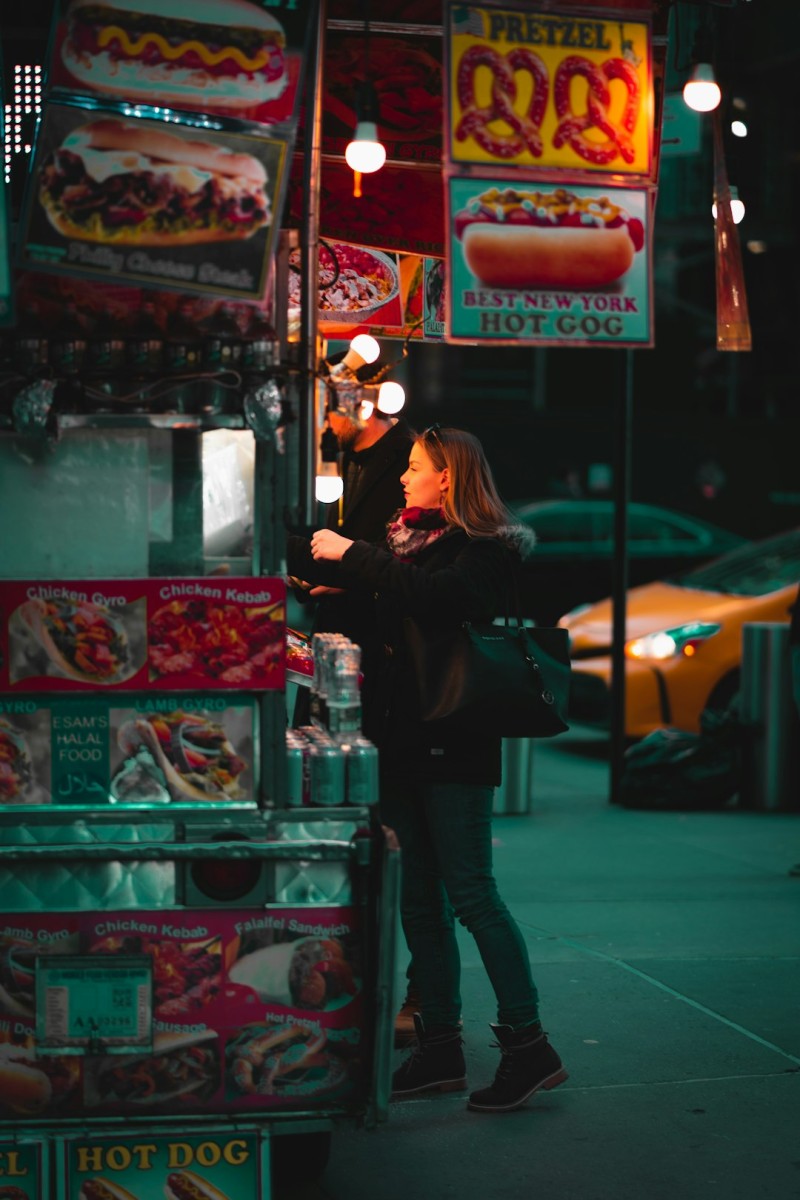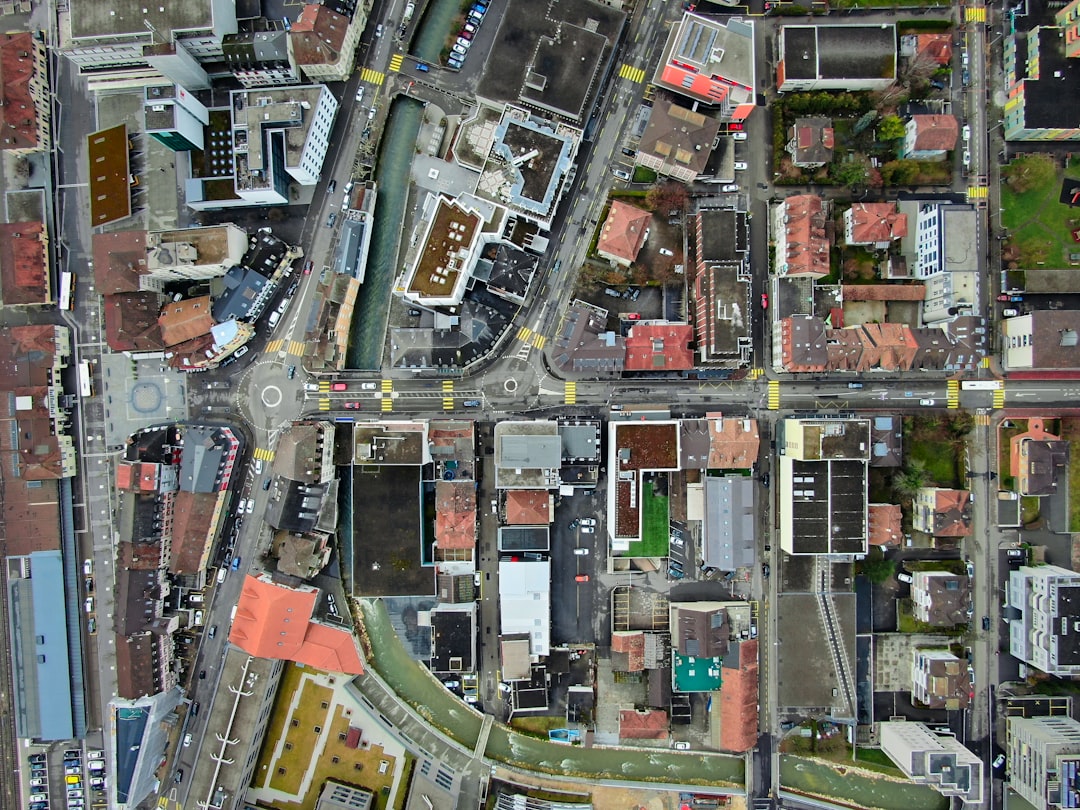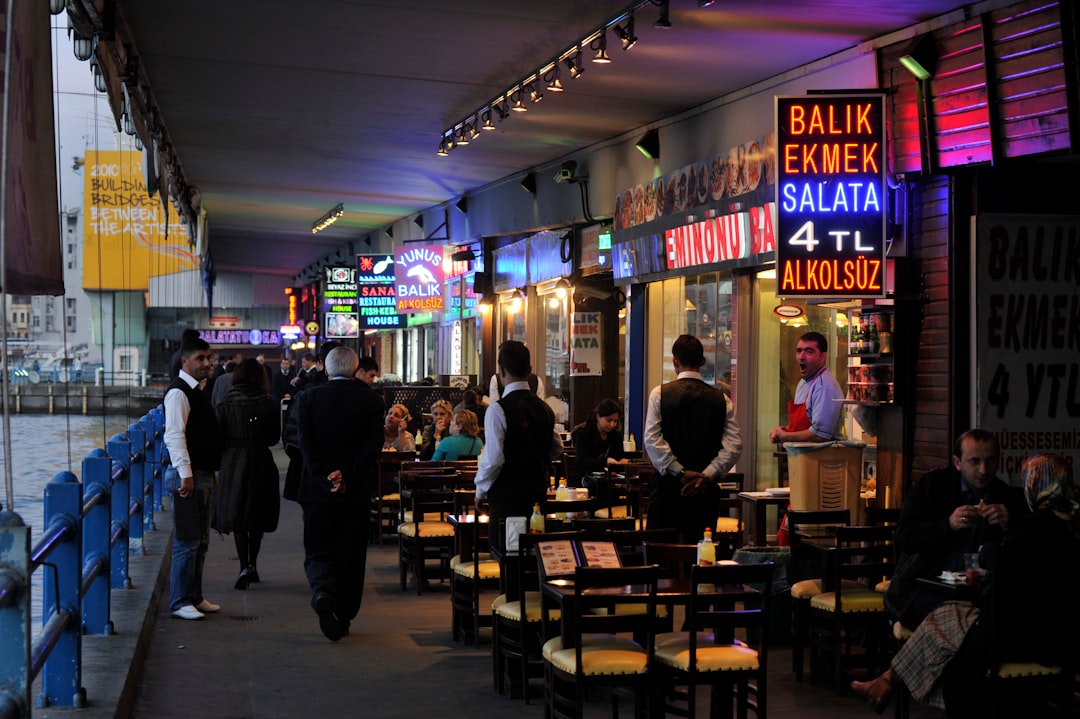What Does Yellow Highlight on Google Maps Mean?
Have you ever opened Google Maps, zoomed in on a city, and noticed certain areas shaded in yellow? If you’re like most people, you probably wondered: What does that yellow highlight even mean?
Don’t worry, you’re not alone! Those yellow highlights might look mysterious, but they actually carry some pretty helpful information. Let’s break it down in a fun and simple way so the next time you’re planning a trip or exploring your hometown, you’ll know exactly what you’re looking at.
What Are the Yellow Areas on Google Maps?
The yellow areas on Google Maps are more than just decoration. They represent places with a high concentration of activity, popularity, or commercial interest.
In short, yellow highlights show where the action is!
These areas are often:
- Downtown zones
- Main business districts
- Parts of cities filled with shops, restaurants, and entertainment
- Tourist hot spots
Think of them as Google’s way of saying, “Hey! There’s a lot going on here!”
Why Does Google Highlight These Areas?
Google wants to make Maps more helpful for people. The yellow shading is a visual shortcut to help you find busy or interesting places more easily.
Let’s say you’re in a new city. You zoom out a little and see a large yellow shaded zone. Chances are, that’s the city center or a neighborhood full of activity. That’s a great place to start exploring.
The yellow areas give you an instant clue where the hustle and bustle is happening.
What Kind of Places Are Typically Highlighted?
Google uses data from users and businesses to figure this out. That means the yellow highlights usually include:
- Restaurants and cafes
- Shops and malls
- Bars and clubs
- Museums and attractions
- Landmarks and popular parks
Basically, any place that draws a crowd or has a lot of foot traffic might be part of a yellow area.

Does Every City Have Yellow Areas?
Most cities do. Especially big ones. But even smaller towns may have yellow zones if there’s a popular street or square with shops and eateries.
In rural areas or suburbs, you might not see as many yellow highlights. That’s normal. Yellow areas usually show up where there are lots of people doing fun things or where businesses are close together.
Can I Use Yellow Highlights to Plan My Trip?
Oh, absolutely! In fact, that’s one of the best ways to use Google Maps. If you’re visiting a new place and wonder where to eat, shop, or hang out, just look for the yellow zones.
That’s where you’ll likely find:
- Popular restaurants
- Bars filled with locals and tourists
- Fun things to do like tours or shows

Yellow areas are like the “greatest hits” of a city. Start there, and you’ll rarely go wrong.
What’s the Difference Between Yellow and Other Colors?
Google Maps uses colors to give you clues. Each color means something:
- Yellow — Busy areas with lots of people and shops
- Gray or white — Residential zones or less busy areas
- Green — Parks, forests, or other greenery
- Blue — Water like rivers, lakes, or oceans
- Orange or red — Traffic congestion
So when you see a patch of yellow, think of it as a sign saying, “Something interesting is here!”
How Accurate Are These Highlights?
Pretty accurate, but not perfect. Google updates Maps constantly, using info from:
- Businesses with Google listings
- Public user activity and check-ins
- Reviews and photos
But since cities keep changing, sometimes areas may shift. A yellow zone might get quieter or a quiet zone might become hot and new.
Still, it’s a pretty good bet that yellow = busy and popular.
Can I Search Inside the Yellow Area?
Yes! When you zoom in on a yellow area, you can tap or click around. You’ll see labels for:
- Individual businesses
- Street names
- Ratings and reviews
You can even type what you’re looking for like “best burgers” or “coffee near me” and explore options within the yellow area. Handy, right?
Should I Always Go Where It’s Yellow?
Not always. Yellow areas are packed with things to do, but they can also be:
- Touristy
- More expensive
- More crowded
Sometimes, hidden gems are found outside the yellow zones. Don’t be afraid to wander into quiet neighborhoods. You never know what you might discover!
Fun Tip: Try It in Satellite View!
Want to see even more details? Switch Google Maps to Satellite view while looking at a yellow area.
You’ll see rooftops, parks, and streets exactly the way they look in real life. It’s like being an explorer preparing for a great adventure!

Conclusion
The yellow highlights on Google Maps are like a highlighter on a textbook. They show you what’s important and where activity is happening.
Use them to:
- Explore new places
- Find popular spots
- Plan your next outing or vacation
Whether you’re on a road trip or checking out your own city, those yellow zones are your guide to fun, flavor, and adventure.
Next time you open Google Maps, be sure to look for the gold! Happy exploring!



